- Home
- Outdoor Pests
- Bee Pest Control
Bee Pest Control
This post may contain affiliate links so I earn a commission.
It's time to consider the best bee pest control methods as warm weather arrives to prevent yourself from getting stung and to protect your home from the destruction a bee can create.
Bees are a crucial part of our natural environment - but if you keep getting stung, or they're burrowing into the framework of your home or deck......it's time to take action.
There are multiple types of bees in the United States.
Each one performs a distinct role and is vital for a healthy ecosystem.
However, once bees set up shop in or around your home, their presence can be a little less than ideal.
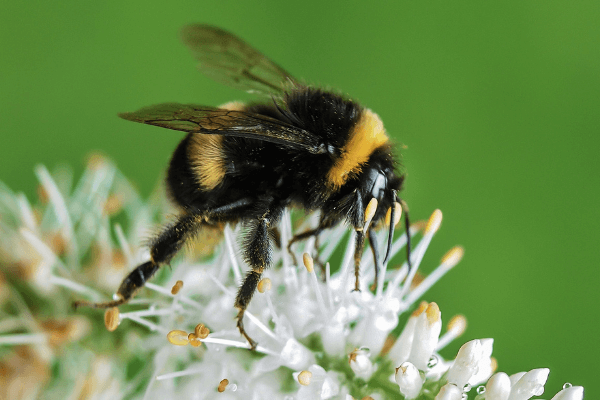 Bumblebee
BumblebeeHere are some ways to control bee populations and get rid of them in your home for good.
Why Are Bees A Problem?
There are several types of bees that can occupy your home or the area around your home.
Some of the most common bee species include:
● Bumblebees
● Honey bees
● Carpenter bees
Most of the time, carpenter bees are the bees that pose problems for homeowners.
Usually, honey and bumblebees will choose to make their nests somewhere besides a home, preferring to stay far away from people.
Carpenter bees (also referred to as wood bees), make their nests around homes and gardens.
They burrow into wood surfaces to build galleries and can cause extensive damage to wooden structures.
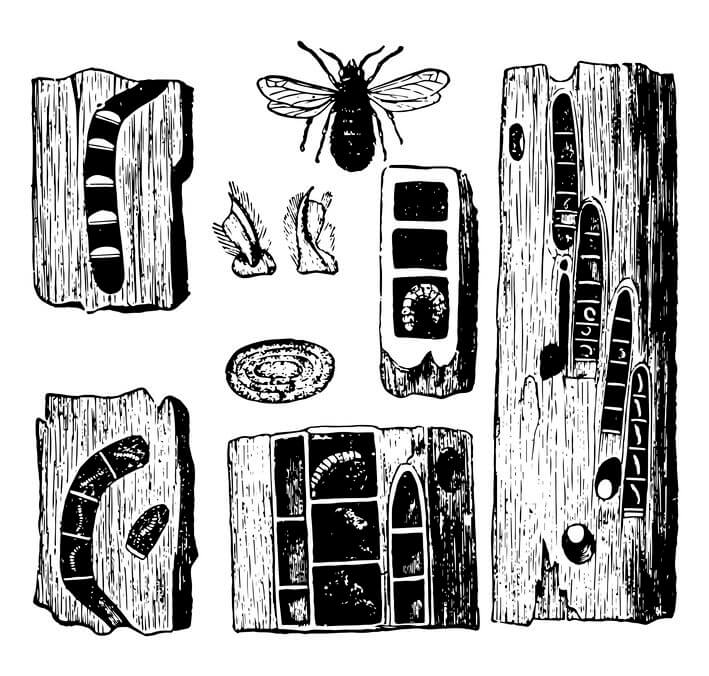 Carpenter Bee Damage
Carpenter Bee DamageBees tend to make their way inside homes while they are looking for places to nest.
Like many insects, bees prefer areas that are dark and protected.
As a result, you may find them living in wall voids, chimneys, or other secluded areas.
Any space that is exposed to the outside is
at risk for a bee infestation, but you may have a problem even in odd areas
like electrical outlets and baseboards.
Bees are beneficial for the environment in a variety of ways. Some species serve as pollinators while others provide crucial pest control services as natural predators.
However, when they’re in your home, bees are far from helpful. In fact, bees can be dangerous as well as inconvenient.
While most bees only sting to defend themselves or their nests, these stings can be painful and even life-threatening for people who have allergic reactions.
Not only that, but bees can create problems with their honey.
When bees leave honey in their hives inside wall voids, it can ferment over time.
This can attract other pests or stain and damage surrounding
structures.
How To Prevent Bee Infestations - Bee Pest Control
Bees scavenge for their food.
Typically, this is a type of sweet food, like pollen, but bees can also be attracted to sweet “human” foods like soda, fruit, or juice.
An easy way to prevent a bee infestation is to eliminate potential attractors to your home.
Make sure you take out the trash often and clean out trash cans regularly.
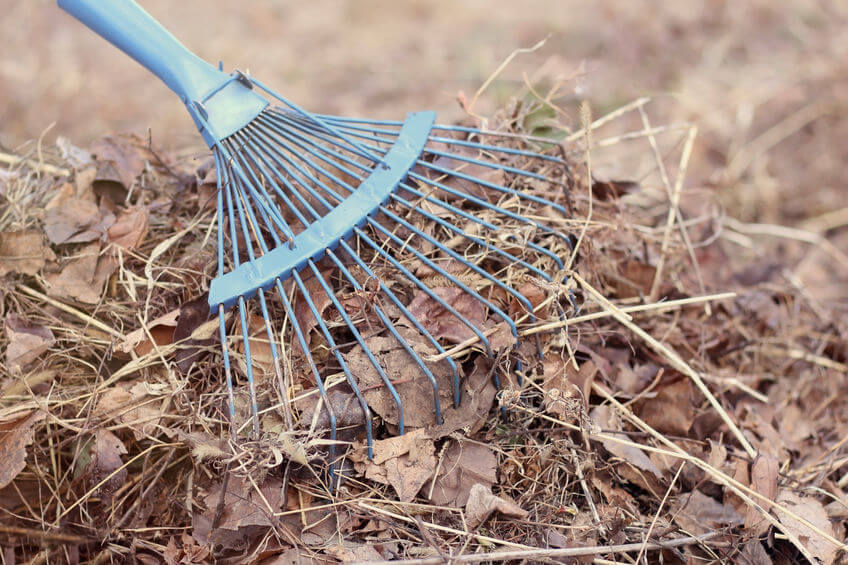
Another bee pest control option is to clear all brush and debris that’s near your home and make sure all outdoor wood surfaces are treated or painted.
Carpenter bees, in particular, prefer unpainted wood.
Bee Pest Control - The Best Methods
Inspect
Start by inspecting your home for a bee infestation. Look around your yard, scanning for nests.
Honey bees usually make their nests in trees while carpenter bees nest in wood.
Bumblebees nest in the ground. If the nest is in your home, there’s a good chance that it’s a carpenter bee infestation - but occasionally, other types of bees will nest there, too.
Identify the Type of Bee
Your first step in dealing with a bee pest control should be to positively identify the exact species that has set up shop in your home.
Determine whether it’s a bumblebee, honey bee, carpenter bee, or wasp infestation that you are dealing with.
Wasps aren’t technically bees, but many people confuse the hives and signs of wasp infestation with those of bees.
You’ll know it’s a bee and not a wasp because bees tend to have fuzzy hair on their round bodies.
They can be black and yellow as well as a darker brown or golden color.
Bumblebees are larger than honey bees, while carpenter bees are the largest type of bee.
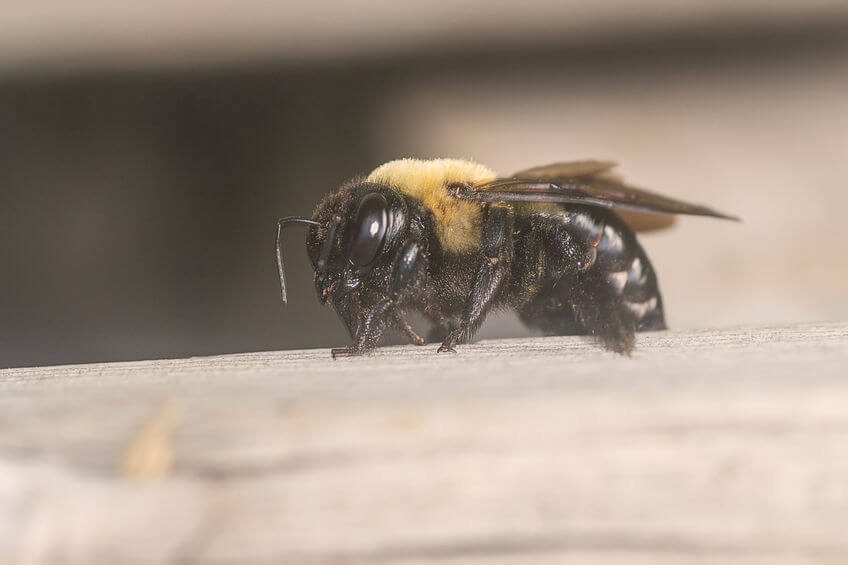 Carpenter Bee
Carpenter BeeYou need to figure out what kind of bee you are dealing with because removing a bumblebee or honey bee hive, in particular, can have damaging impacts on the local environment.
Wasp and carpenter bee removal typically has fewer implications, but still requires certain strategies in order to be successful.
Keep in mind that all bees are essential for a healthy ecosystem.
The tips for bee pest control that we will give you will deal solely with carpenter bee infestations.
If you think it’s another type of bee that’s giving you grief, you should contact a pest control professional for the best solutions that will take bee safety into account.
Try Citronella Candles
Using a citronella candle is a good way to keep bees away without necessarily harming them.
Citronellol is an herb that wards off several species of bees along with other pests, like mosquitoes.
It won’t kill the bees or remove the hive, but it can keep them away until you are able to have the hive removed.
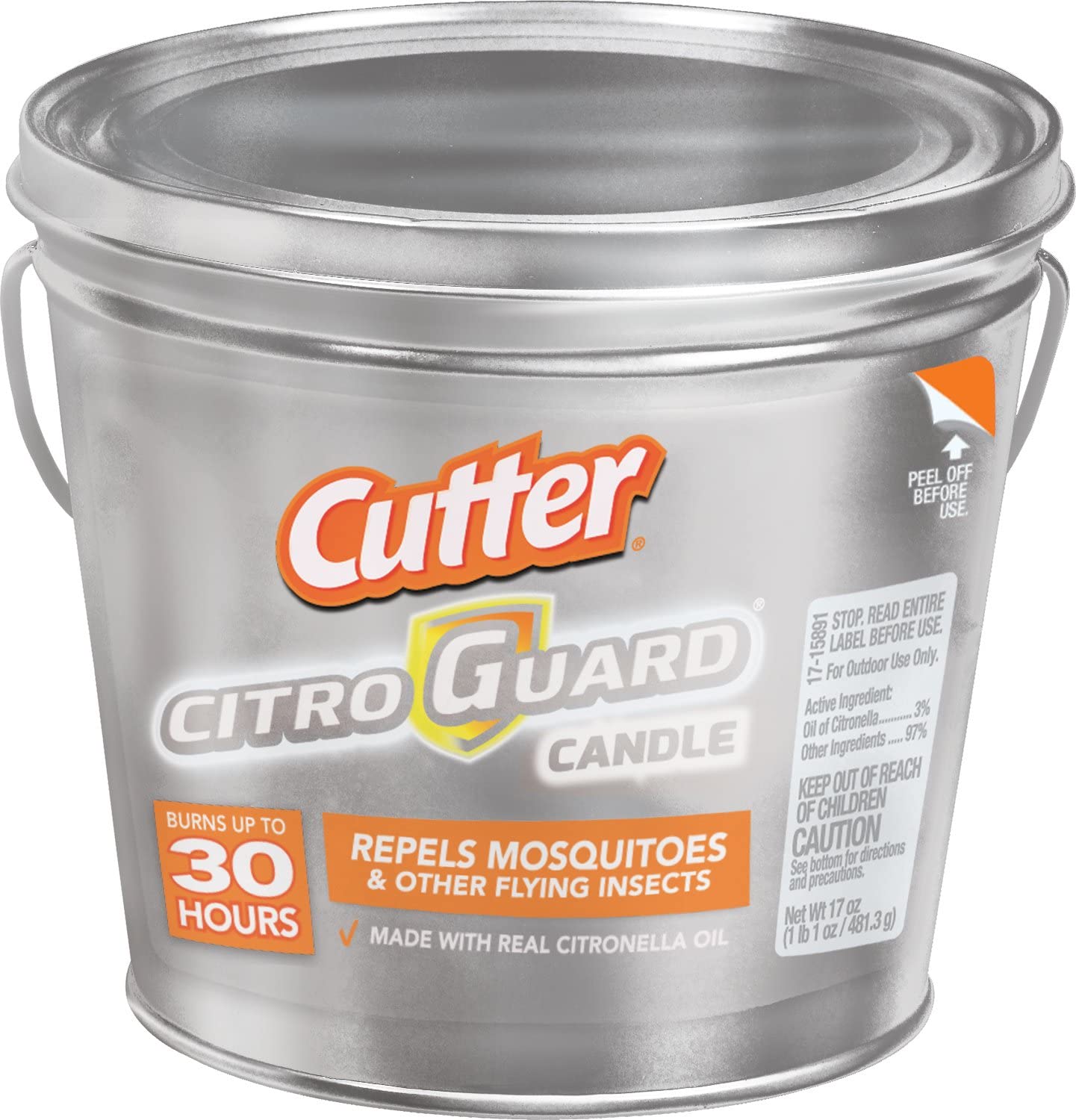
Burning a citronella candle may encourage bees
to vacate the inside of your walls, too.
Make a DIY Spray
You can make a spray to get rid of bees, too.
Again, this won’t kill the bees, but will make the place where they are nesting a bit less attractive to them. Spray the mixture wherever you notice the bees swarming.
You can use several items in your bee pest control spray, such as:
● Garlic
● White vinegar
● Citrus
All of these are naturally repugnant to bees and other pests.
Create a Natural Bee Trap
You can entice bees away from your home by making a natural bee trap.
Since bees are attracted to sweet smells, you can draw them away from your home by adding a few ripe slices of fruit to a plastic bag.
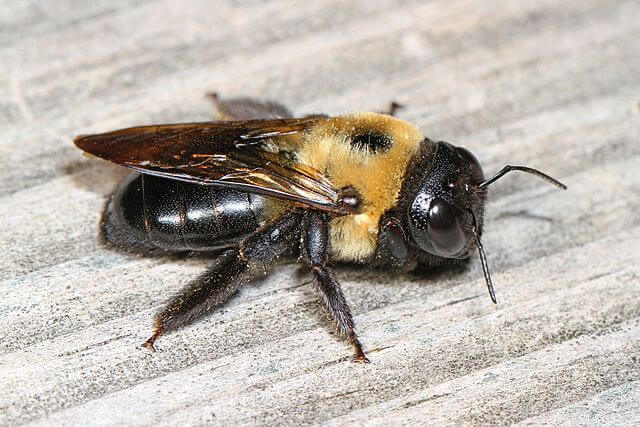 Carpenter Bee
Carpenter BeeLeave it at least twenty feet from where the nest is located.
Let it sit there for a few days, then move it a bit further from the nest.
Ideally, the bees will be attracted to the smell and will leave your home.
Understand What Not to Do
There are several strategies you should avoid if you are trying to keep bees away. For starters, don’t seal the exit hole of a honey bee colony.
The bees will try to find another way out - and it could be inside your home.
When engaging in any bee removal task, make sure children and pets are not around.
Wear protective clothing to prevent getting stung and try not to deal with bees on windy or cloudy days, when bees are more aggressive.
You should also avoid using bright lights when you are removing hives at night, when bees are less active.
If you have a hive with honey in your home, it needs to be removed from your home professionally or you risk causing structural damage.
Call A Pest Management Professional
Unfortunately, the only way to completely get rid of a bee infestation is to remove the entire hive.
To be safe and efficient, it’s often best to contact a local bee pest control professional.
A certified professional will not only have the skills necessary to remove the hive, but will also be able to do so with the least amount of damage to the local ecosystem.
Getting help is essential if you’re not entirely sure what kind of bee it is you are dealing with.
After all, the bee is a vital member of the ecosystem - and while you don’t want these insects hanging around your house, it’s not always wise to kill them off either.
Keep these tips for bee pest control in mind, and you’ll be able to handle your bee problems in a safe, eco-friendly way.



